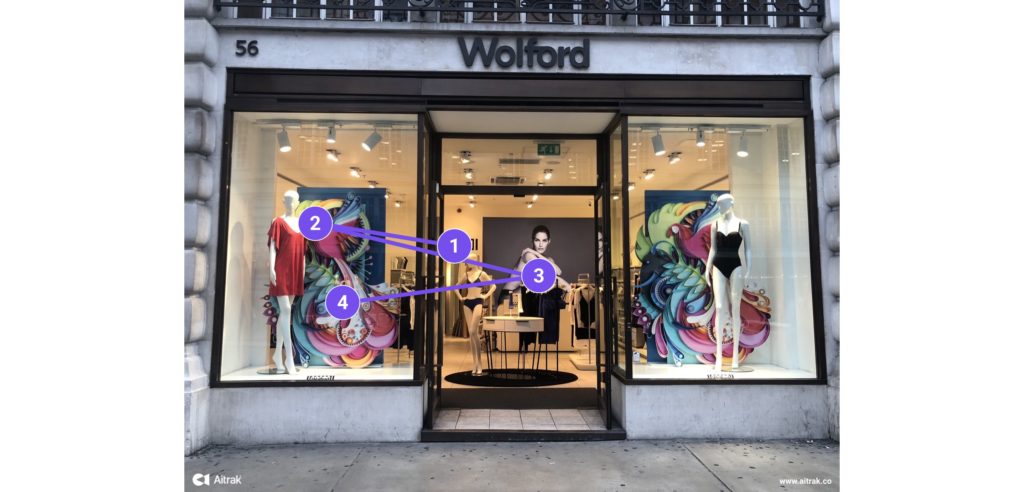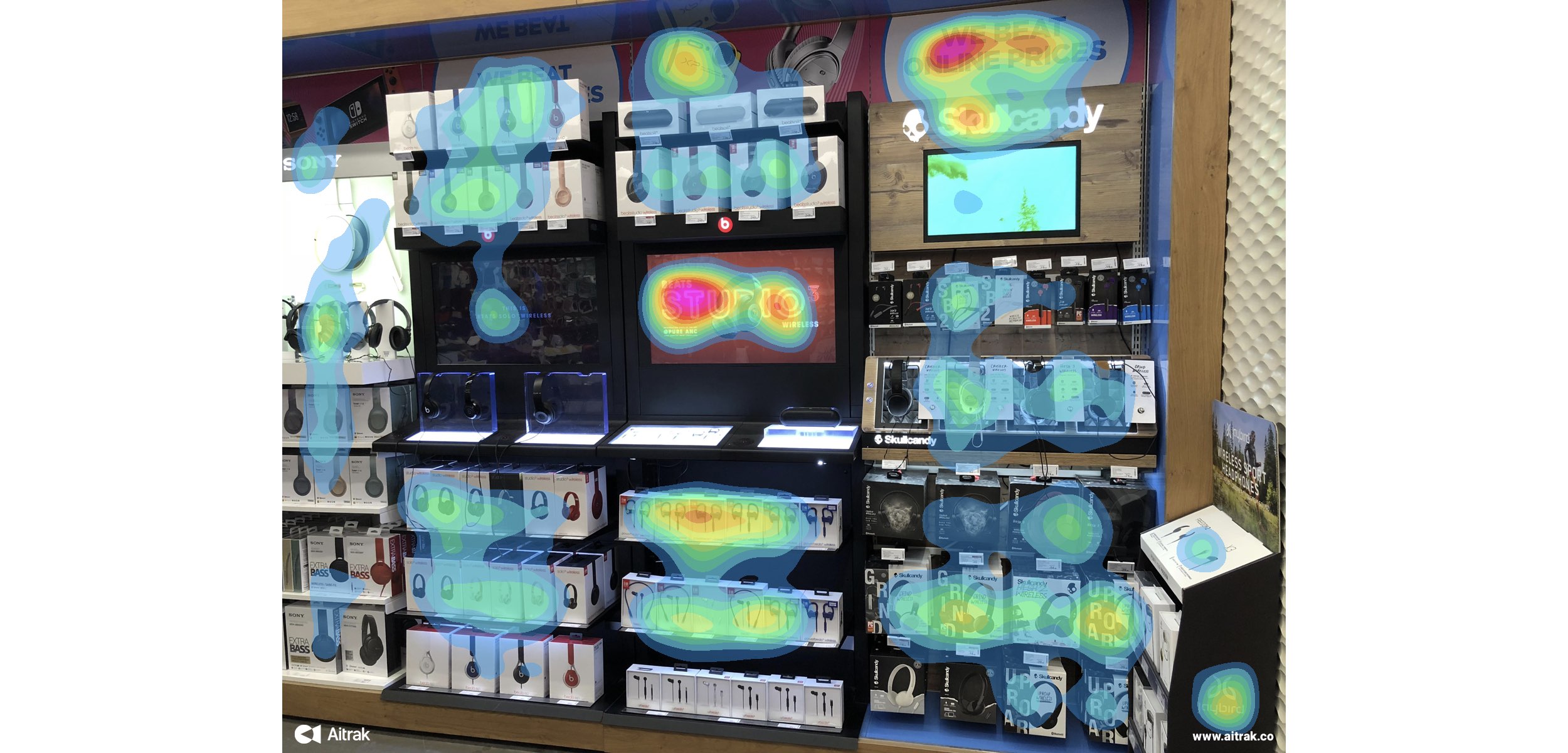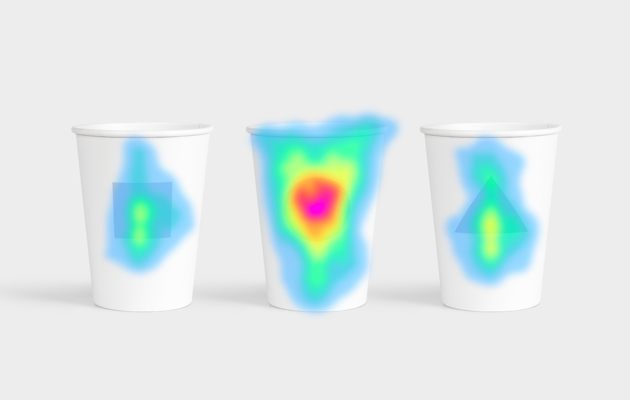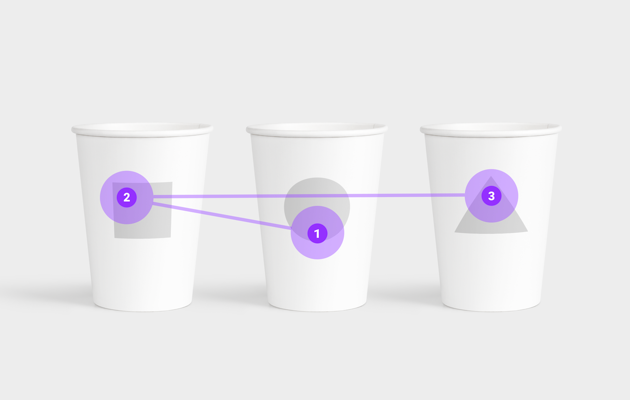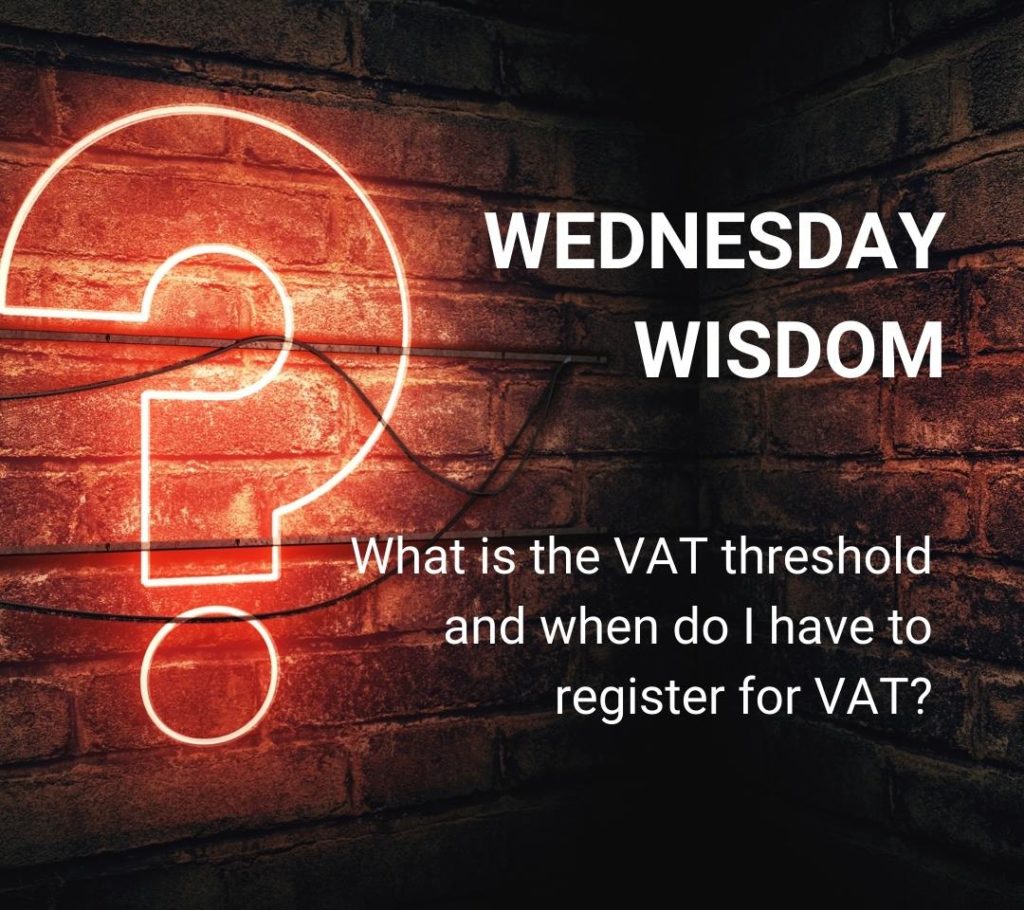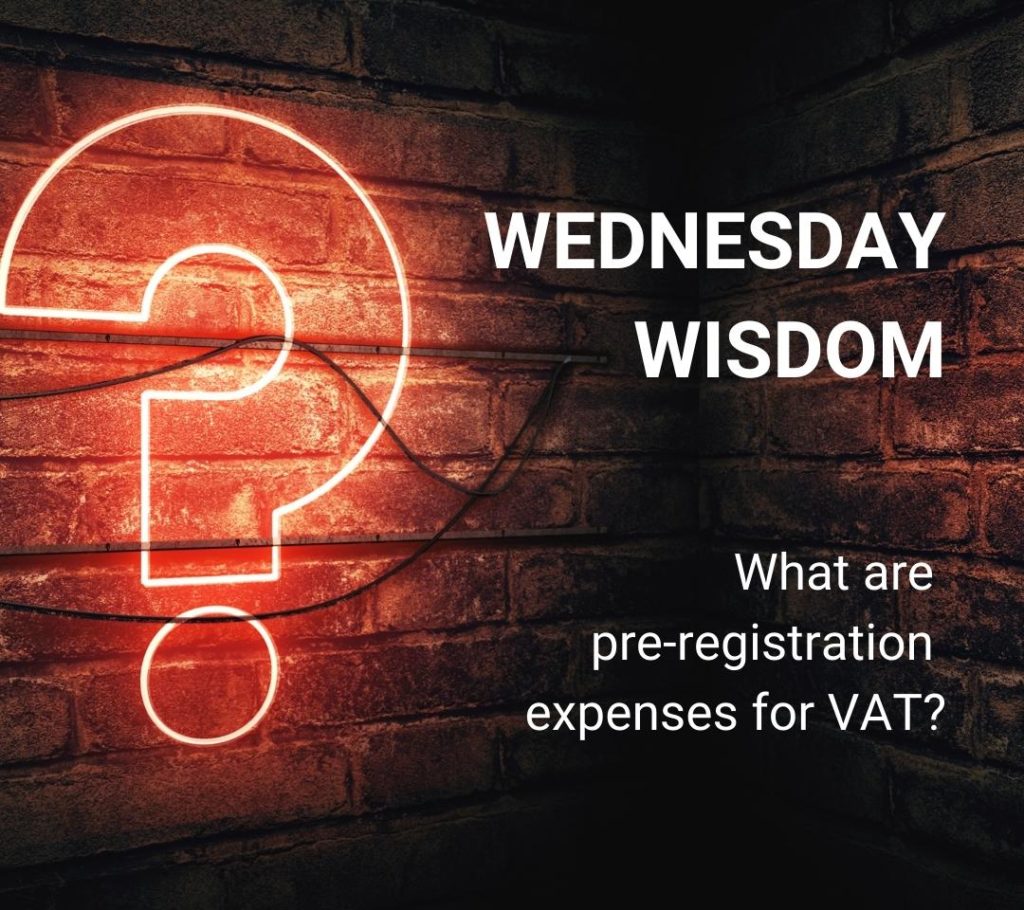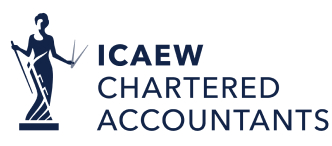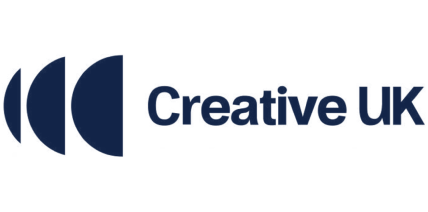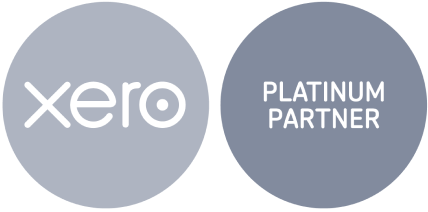We met with new client David Bailey to talk about his start-up, Aitrak which uses artificial intelligence to help brands, retailers, and advertisers maximise the visual impact of their designs.
Unseen is Unsold
Millions of dollars are spent on merchandising, packaging, advertising, branding – but how do you know that your product or brand is even being seen when it is out of the boardroom or studio and out in the real world? How do you make your product stand out from your competitors who have an equal amount of creative power behind them? Aitrak have come up with an additional weapon to add to your creative armoury- by using artificial intelligence to reverse-engineer traditional eye-tracking studies, they have come up with a service that allows marketeers to see what their potential consumers will see.
What is Eye-tracking?
In simple terms, eye tracking is the measurement of eye activity. Where do we look? What do we see first? What do we ignore?
Data is collected using either a remote or head-mounted ‘eye-tracker’ connected to a computer that is able to analyse and record the movements of the eye when exposed to a particular image. Eye tracking can be a powerful tool to marketeers as it is able to objectively measure consumers’ attention and spontaneous responses to messages. Knowing what people actually see can help advertisers optimise the design and placement of ads, as well as the placement of products in a shop window or supermarket shelf. Aitrak uses a proprietary predictive AI model trained with thousands of retail images viewed by people using traditional eye-tracking technology. This approach, combined with the founding team’s expertise in retail marketing and computer vision, ensures that Aitrak’s deep neural network delivers fast, accurate, and reliable results. Aitrak typically achieves a 95%-97% accuracy rate when compared with traditional eye-tracking studies of the same images.
Pre-attentive Vision
When we look at something our brains will instinctively try to make sense of it – it’s why we can make objects out of clouds or see a face in the moon – it’s the part of the brain pushing to find the familiar. There are certain consistencies in all of our brains that our cultural or demo, graphic conditioning cannot control, this happens in the first 2-3 seconds of seeing an image and is called pre-attentive vision. “This is subconscious,” David explains “and is driven by visual saliency – or contrast. For example, we are programmed to pick out faces first.”
“Pre-attentive vision is the subconscious accumulation of information from the environment. All available information is pre-attentively processed. Then, the brain filters and processes what is important. Information that has the highest salience (a stimulus that stands out the most) or relevance to what a person is thinking about is selected for further and more complete analysis by conscious (attentive) processing. Understanding how pre-attentive vision works is useful in advertising, in education, and for prediction of cognitive ability.” Wikipedia
The Holy Trinity of Innovation
“Traditional eye-tracking studies used to take weeks and cost tens of thousands of dollars” says David, “But we’ve created a solution that can give the same results and insights within just a few minutes.”
By utilising machine learning and proprietary data, Aitrak are able to deliver fast, accurate, and reliable results. This technology delivers all the benefits of professional eye-tracking studies but with results in minutes not days, allowing you to know where people are looking, in what order, and for how long. The potential is huge for advertisers and marketeers who can now see what their potential customers are seeing, and can adapt their campaigns or product placement, accordingly. Brands and retailers spend thousands of dollars designing storefronts, windows, merchandising displays, product packaging, and advertising. Aitrak helps designers and marketers to capture the right visual attention in the first few seconds, thus removing the guesswork and subjective opinions from the design process. By using high quality data their service is outperforming any other competitors in terms of detail, accuracy and speed.
[/greybg]
Aitrak Services
There are three ways to use Aitrak depending on your requirements.
- Send your images to Aitrak, they will analyse them for you within one working day. Ideal for small pilots or projects.
- Subscribe to Aitrak’s online tool and analyse images from a computer, tablet, or smartphone. Aimed at agencies and brands it allows them to upload their images, tweak them to see which has the optimum results
- Aitrak Insight Reports. Send your images to Aitrak and provide some background on business goals or needs. One of their industry experts will analyse your images and prepare a presentation-ready Aitrak Insight report with strengths, weaknesses, and recommendations. Ideal for brands or agencies looking for expert guidance and recommendations.
What is the future for Aitrak?
Aitrak have recently raised a second round of funding and are now looking to expand their distribution. “We are adding development resources and investing in additional training data” says David. They then hope to expand their analysis tools, and expand the service so that Aitrak can be applied to video, websites and emails.
See how Aitrak can benefit your campaign or agency now with a Demo or contact David for more information

